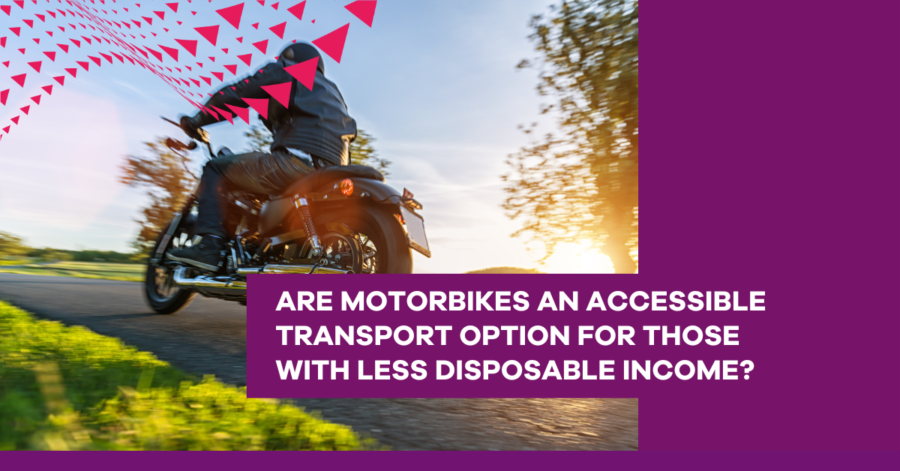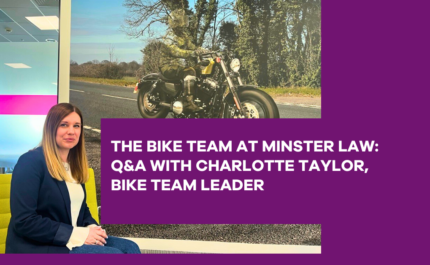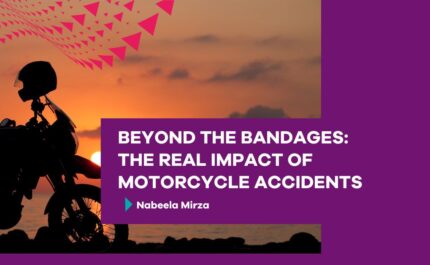
Whilst we’re all trying to come to terms with the rising cost of living – train and bus fare hikes, rises in the cost of petrol, rises in the cost of borrowing, coupled with public transport strikes – we thought we’d look at whether running a motorbike is cheaper than a car and therefore whether motorbikes are an accessible transport option for those with less disposable income.
Some experts are predicting that the cost-of-living crisis will drive a boom in motorcycling. Despite a recent slowdown in bike sales in the last couple of months, overall ownership numbers have grown by 78% since 1996 with Covid-19 being a driving force behind the growth of new motorcycle ownership in the last couple of years.
Whilst the assumption that owning a small motorbike is generally cheaper than a car is true, getting on the road in reality can be a bit more costly than you may realise, especially if you’re getting into biking for the first time.
How much does running a motorbike cost?
There is no simple answer to this as there are so many variables – which bike you choose, your mileage, your age and where you live for insurance purposes. There is lots to think about when you consider all the different elements.
A motorbike is cheaper than buying a car
Starting with the bike itself, buying a brand-new small motorbike is cheaper than buying a brand-new small car with prices for a scooter starting at around £1000.
Getting your provisional licence and Compulsory Basic Training (CBT)
To ride a motorbike on public roads, you’ll first need to get your provisional licence (which you can apply for three months before your 16th birthday). Once you’ve got this, you’ll need to complete compulsory basic training (CBT), which allows you to ride your bike on public roads.
CBT was introduced by the Government in December 1990 and you will need to do it unless you passed your car driving test before 1 February 2001.
What kind of bike you can ride once you have your CBT licence depends on your age.
If you are only 16 you are restricted to a 50cc moped, limited to 28mph but these are great for short journeys especially in towns and cities, just don’t forget your ‘L’ plates. If you have a CBT and are 17 and older, you can ride a scooter or motorbike up to 125cc up to an engine power of 11kW.
You can pay anything between £130 – £170 for a CBT licence but it is only valid for two years. If you want to continue riding your scooter, you then need to pass your full moped or motorcycle test, or you’ll have to retake the CBT course.
This is still much cheaper then learning to pass your driving test.
More information on CBT can be found here.
Car vs bike insurance
Don’t forget the bike you choose, whilst dependent to a certain extent on age, will have an impact on running costs, servicing and insurance.
The average car insurance premium is now £571 depending on your circumstances (comparethemarket.com). Meanwhile, for a motorbike, 51% of people could get a quote of £435 per year for their bike insurance based on the same data in October 2022. Prices vary hugely though and depends on the size of bike and where you live.
Fuel efficiency of a scooter
The fuel efficiency on a bike, especially a scooter is far better than that of a car. For example, a full tank on a Vespa is around 5 litres and if you’re careful you can get around 125 miles out of this. As with all vehicles, how fuel efficient a bike is will depend on the engine size and the way you ride.
Bike clothing is a ‘must have’
Biking gear doesn’t come cheap but is a ‘must have’ and will give you protection in the event of an accident. For safety reasons, when it comes to clothing it is always advisable to buy the best gear you can afford – jacket, boots and gloves are advisable at the very least.
Helmets cost anywhere between £80 and £500, depending on the safety rating, make and model you choose. Given hands are often the first thing to touch down in a crash, a good quality pair with plenty of protection is always advisable.
Road tax for motorbikes
Vehicle Excise Duty (VED), is the tax levied by the government on every vehicle on the road, including motorbikes. For bikes it is calculated on the engine size of your bike.
Cars are taxed according to how much CO2 they produce, when they were registered and the engine size. Motorcycle tax is a bit simpler and only depends on the size of your bike’s engine (CC). Any bike up to 150cc is now £22 but this rises to £73 for bikes between 400 and 600cc (2022).
Maintenance and repairs for a motorbike
How much maintenance required depends on the age and condition of your bike of course. For any bike over 3 years old there is the MOT to think about, but it is currently just under £30 and cheaper than a car.
When all is considered, for around £2000 you can be on the road with a 50cc moped. Whether you’re trying to find a way to get around that doesn’t break the bank or simply keen to get on the road earlier than car users, there are plenty of reasons why getting a motorbike or scooter is a great option.



